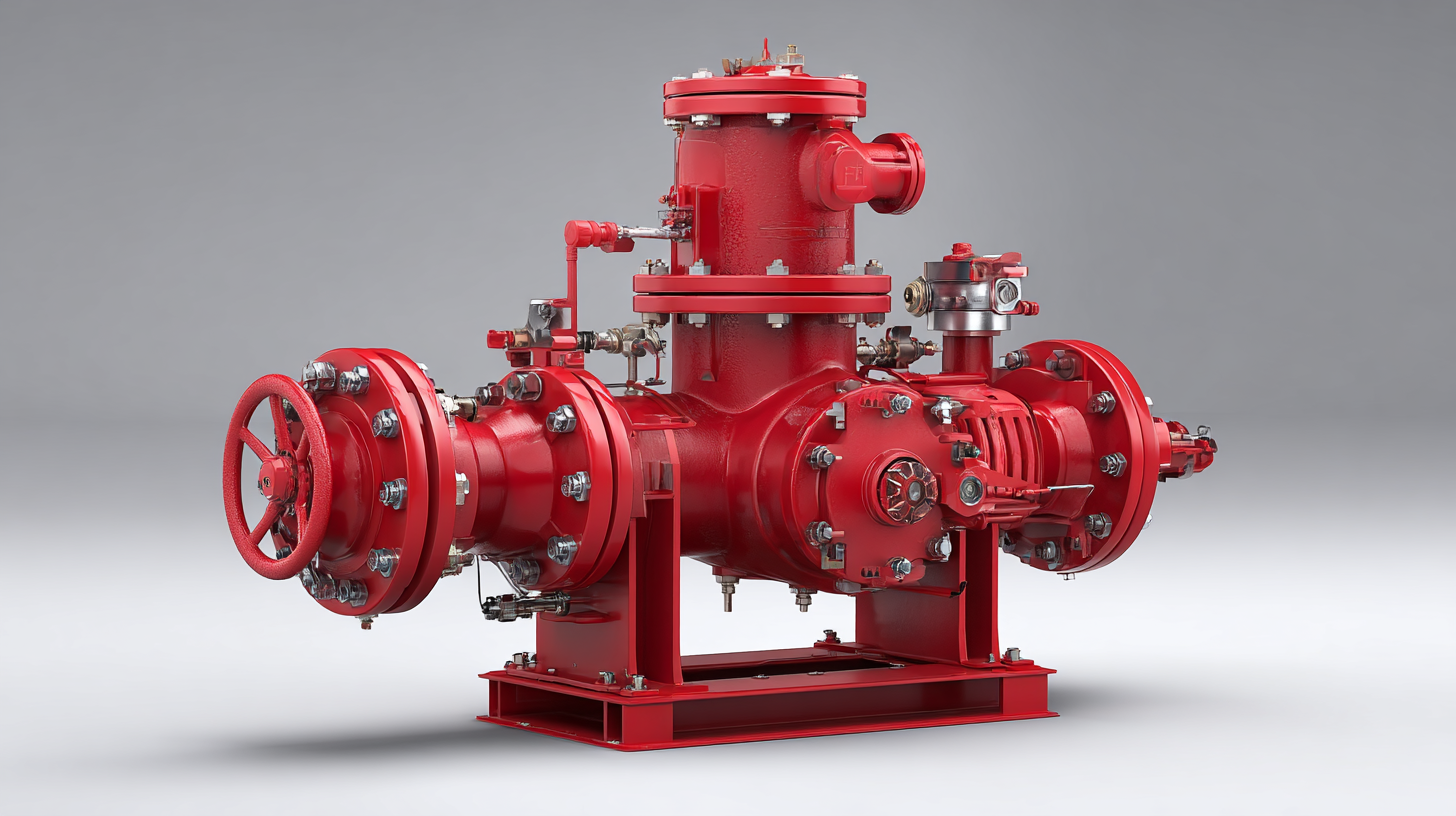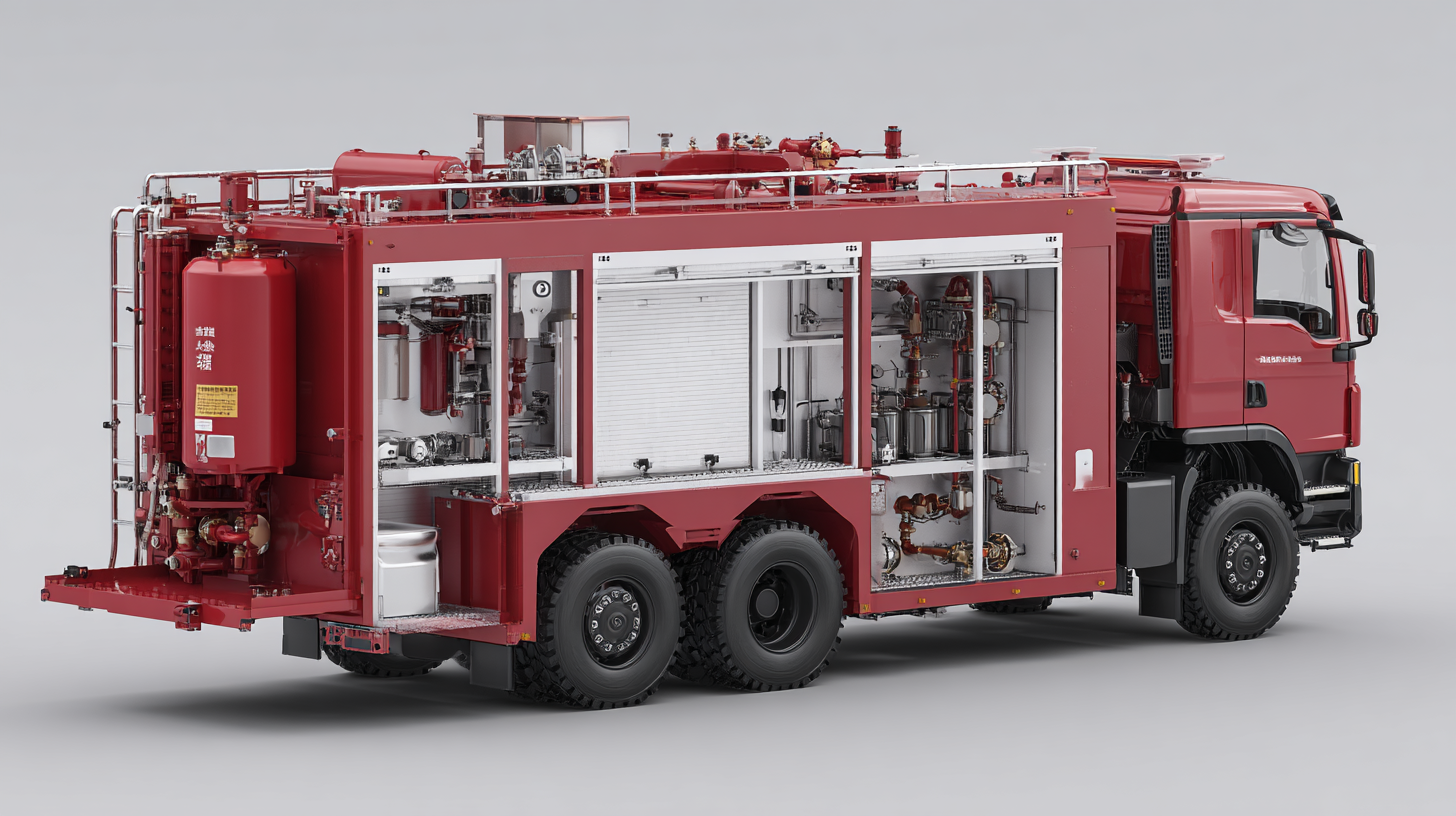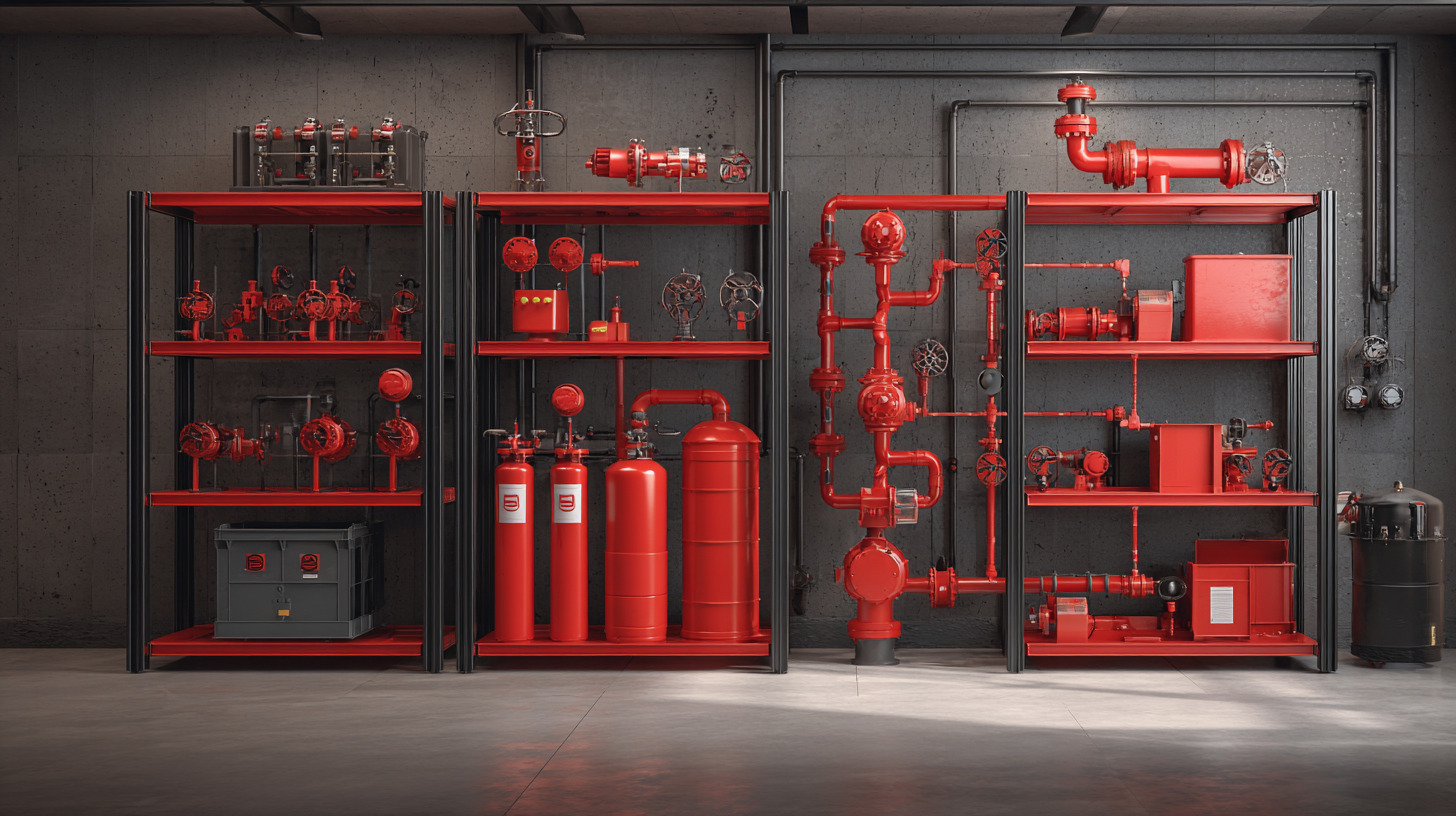Global Sales of Upgraded Chinese Fire Protection Equipment for Optimal Safety Solutions
In today's increasingly complex and hazardous environments, the importance of effective fire protection equipment cannot be overstated. As we witness a significant shift towards enhanced safety solutions, the global market for upgraded Chinese fire protection equipment is gaining momentum. This evolution is not merely about compliance with regulations; it encompasses a broader commitment to safeguarding lives and properties against the devastating impacts of fire. The advanced technologies and innovative designs emerging from China are setting new benchmarks in the industry, offering tailored solutions that cater to diverse needs across various sectors. In this guide, we will explore the latest advancements in fire protection equipment, analyze their implications for safety practices globally, and provide insight into how these solutions can optimize safety standards while addressing the unique challenges posed by modern infrastructures.

Characteristics of Various Types of Fire Protection Equipment and Their Applications
The global market for fire protection equipment is witnessing significant growth, driven by increased safety regulations and the rising frequency of fire incidents. According to a recent report by MarketsandMarkets, the fire protection systems market is projected to reach $92 billion by 2025, exhibiting a compound annual growth rate (CAGR) of 6.5%. This surge in demand highlights the need for advanced fire safety solutions, particularly from China, which is rapidly upgrading its manufacturing capabilities to offer state-of-the-art equipment.
Various types of fire protection equipment serve distinct functions, enhancing overall safety. Fire extinguishers, for instance, are essential first-response tools that can extinguish small fires before they escalate. The National Fire Protection Association (NFPA) emphasizes the importance of choosing the right type of extinguisher for specific fire classes, such as Class A for ordinary combustibles and Class B for flammable liquids. Moreover, automatic fire suppression systems, such as sprinklers and foam systems, are crucial in commercial and industrial settings, providing reliable, ongoing protection.
The adoption of smart fire alarm systems also reflects a critical trend, as they leverage IoT technology to provide real-time monitoring and alerts, thereby significantly reducing response times in emergencies.
Comparative Analysis of Traditional vs. Upgraded Fire Safety Solutions
In today’s rapidly evolving safety landscape, the comparison between traditional and upgraded fire safety solutions has become paramount. Traditional fire protection equipment often relies on basic technologies that, while functional, may fall short in providing optimal safety. On the other hand, upgraded systems incorporate advanced features such as smart sensors, automated alerts, and integrated monitoring capabilities. This not only enhances response times in emergencies but also improves overall safety through predictive maintenance.
Tips for selecting the right fire safety solution include evaluating the risk levels of your environment and considering systems that offer real-time data accessibility. Investing in upgraded fire safety equipment that features IoT connectivity can facilitate immediate responses to fire hazards, ensuring everyone’s safety.
Moreover, regular training and drills using upgraded systems can significantly increase preparedness. Engaging all stakeholders in fire safety education ensures that everyone knows how to react effectively in case of an emergency. Combining advanced fire protection technologies with comprehensive training creates a robust safety culture within any organization.

The Role of Technology in Enhancing Fire Protection Equipment Efficiency
Recent advancements in technology are revolutionizing the field of fire protection equipment, significantly enhancing its efficiency and effectiveness. Innovative tools such as smart firefighting robots and advanced wireless communication technologies are pivotal in improving rescue operations and safeguarding lives. These technologies enable real-time monitoring and rapid response, ensuring that fire incidents are managed with minimized risk to both personnel and property.
In particular, automated fire suppression systems are demonstrating remarkable improvements in response times. For instance, state-of-the-art devices are capable of detecting temperature changes almost instantaneously, leading to fire extinguishment in just seconds. This highlights how the integration of digital solutions and artificial intelligence not only boosts firefighting capabilities but also enhances overall safety in industrial and commercial environments. As these technologies continue to evolve, they offer a promising future for fire protection strategies, aligning closely with the urgent need for optimal safety solutions in various sectors.
Market Trends in Global Sales of Fire Safety Equipment and Solutions
In recent years, the global fire safety equipment market has witnessed significant trends driven by technological advancements and increasing awareness of safety measures. A key highlight is the growth of the upgraded Chinese fire protection equipment segment, which is anticipated to experience substantial gains. According to industry reports, the global market for fire safety equipment is expected to demonstrate a robust compound annual growth rate (CAGR), poised for a steady increase as more entities prioritize optimal safety solutions.

Additionally, the emergency escape smoke hood market is projected to show an impressive CAGR of 4.3%, growing from $734.2 million in 2025 to $524.2 million by 2033. This trend underscores the growing importance of emergency preparedness in both residential and commercial settings. Furthermore, the fire truck market is estimated to reach $15.3 million by 2033, with a CAGR of 4.14%. This growth is indicative of an expanding focus on equipping fire departments with advanced technology and reliable vehicles to enhance response capabilities.
The Intersec Shanghai event, held recently, serves as a vital platform for showcasing the latest innovations in the fire protection sector. It underlines the commitment of stakeholders to advancing safety technologies and fostering collaborations that drive market growth. As safety regulations become more stringent, the demand for high-quality fire safety solutions continues to rise, positioning the industry for significant future developments.
Impact of Regulatory Standards on Fire Protection Product Development and Adoption
The evolution of fire protection equipment in China has been significantly influenced by stringent regulatory standards aimed at enhancing safety measures. These regulations not only dictate the minimum requirements for fire safety but also encourage manufacturers to innovate and improve their products. As national and international standards become more rigorous, Chinese companies are compelled to align their offerings with advanced safety protocols, which has led to the development of cutting-edge fire protection technologies. By adopting these standards, manufacturers not only ensure compliance but also position themselves favorably in the global market.
Moreover, the impact of regulatory standards extends beyond mere compliance; it fosters a culture of safety that permeates all levels of product development and testing. Companies invest heavily in research and development to create fire protection solutions that meet or exceed these standards. This commitment to excellence not only enhances the reliability of their products but also builds trust with consumers, who increasingly seek safety solutions backed by rigorous testing and certification processes. Consequently, the regulatory landscape serves as a catalyst for innovation, driving the global competitiveness of Chinese fire protection equipment.
